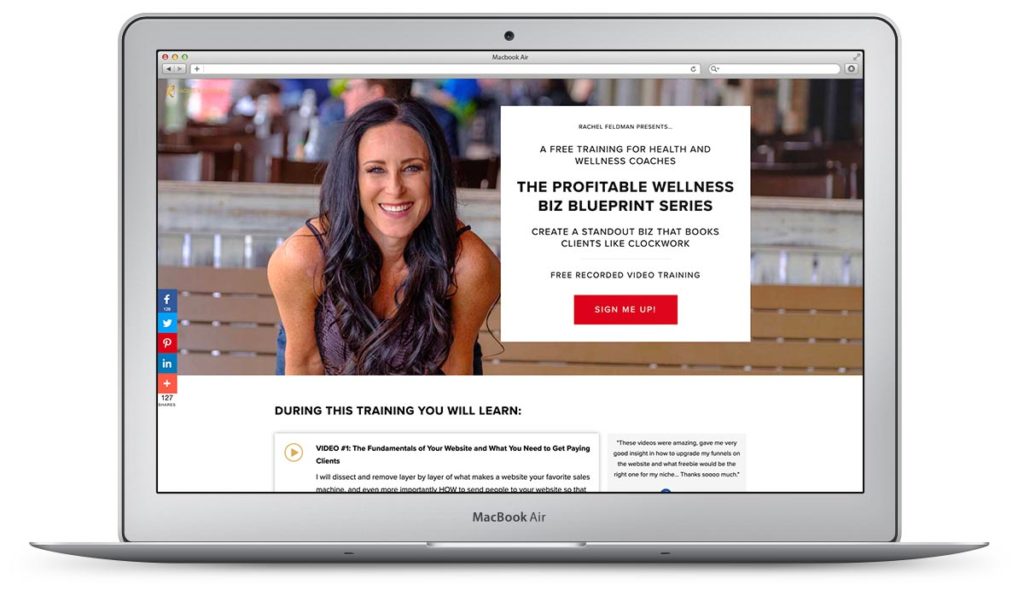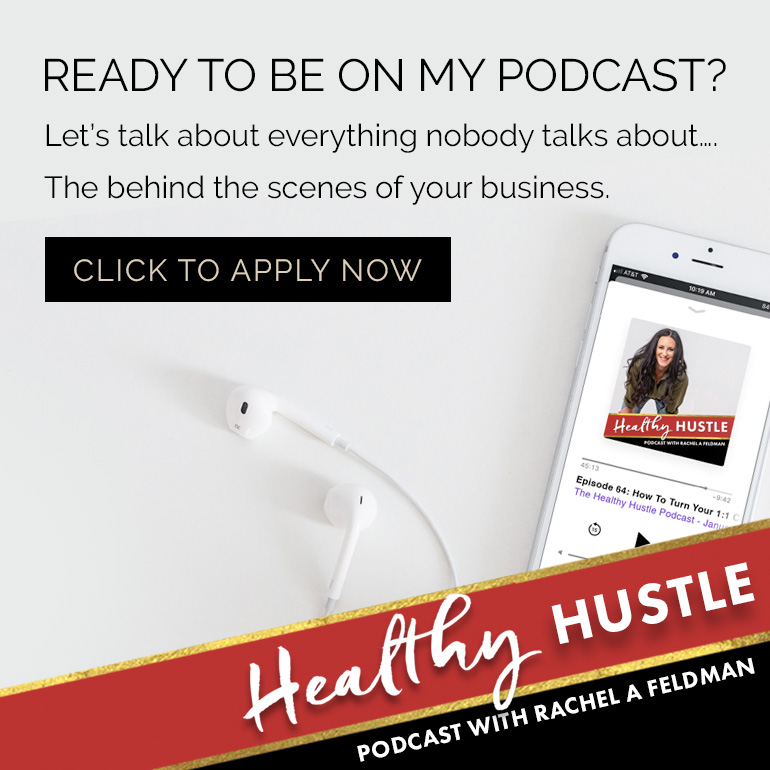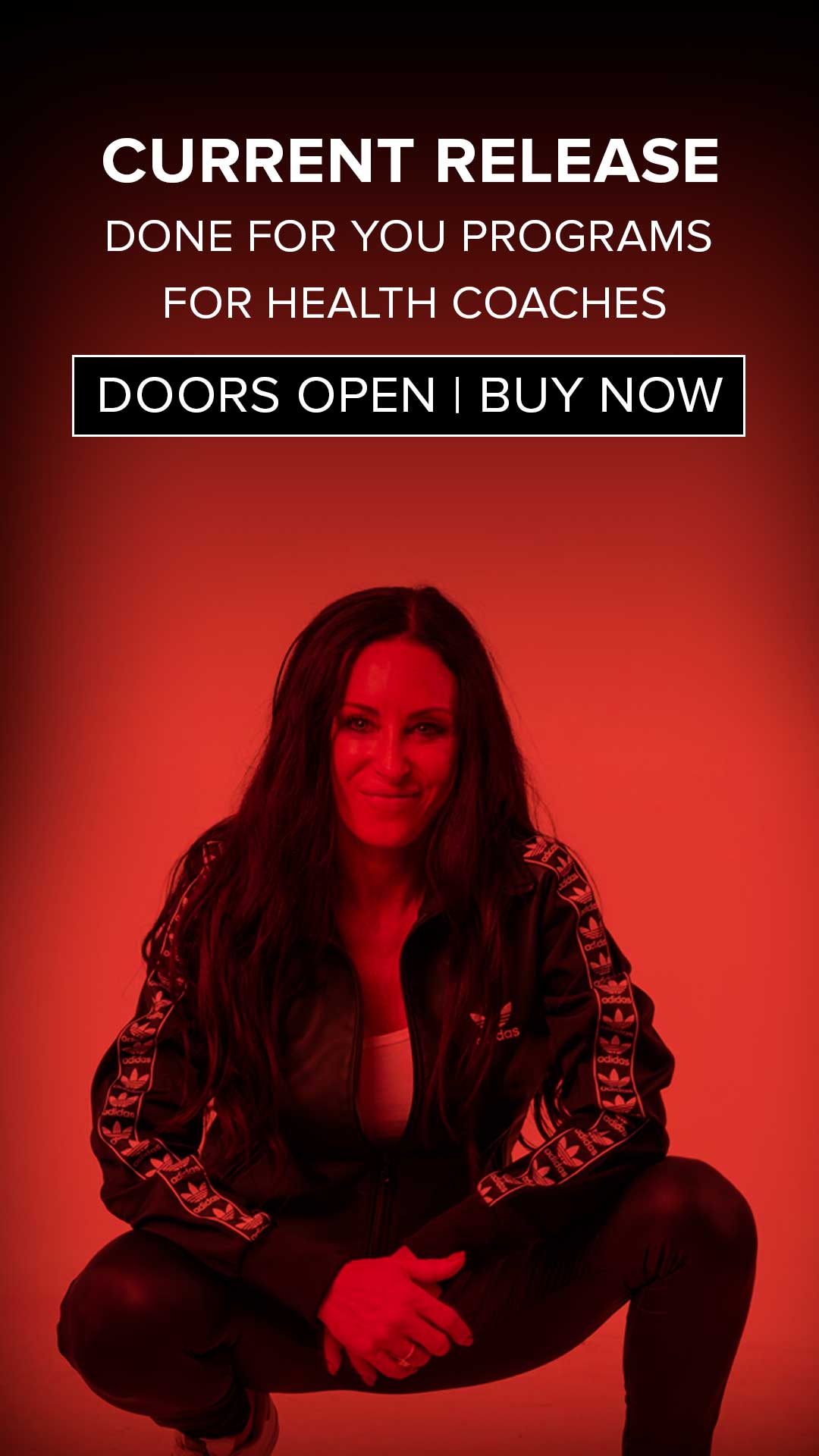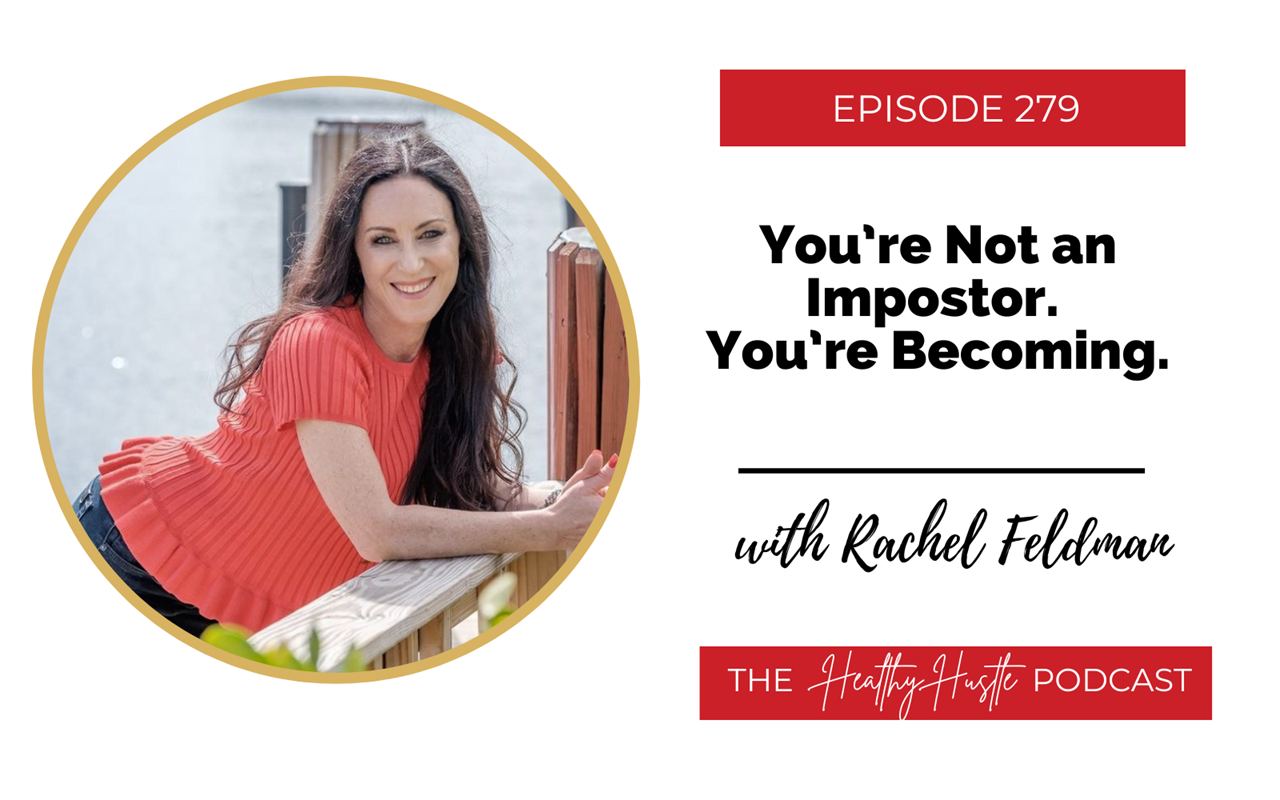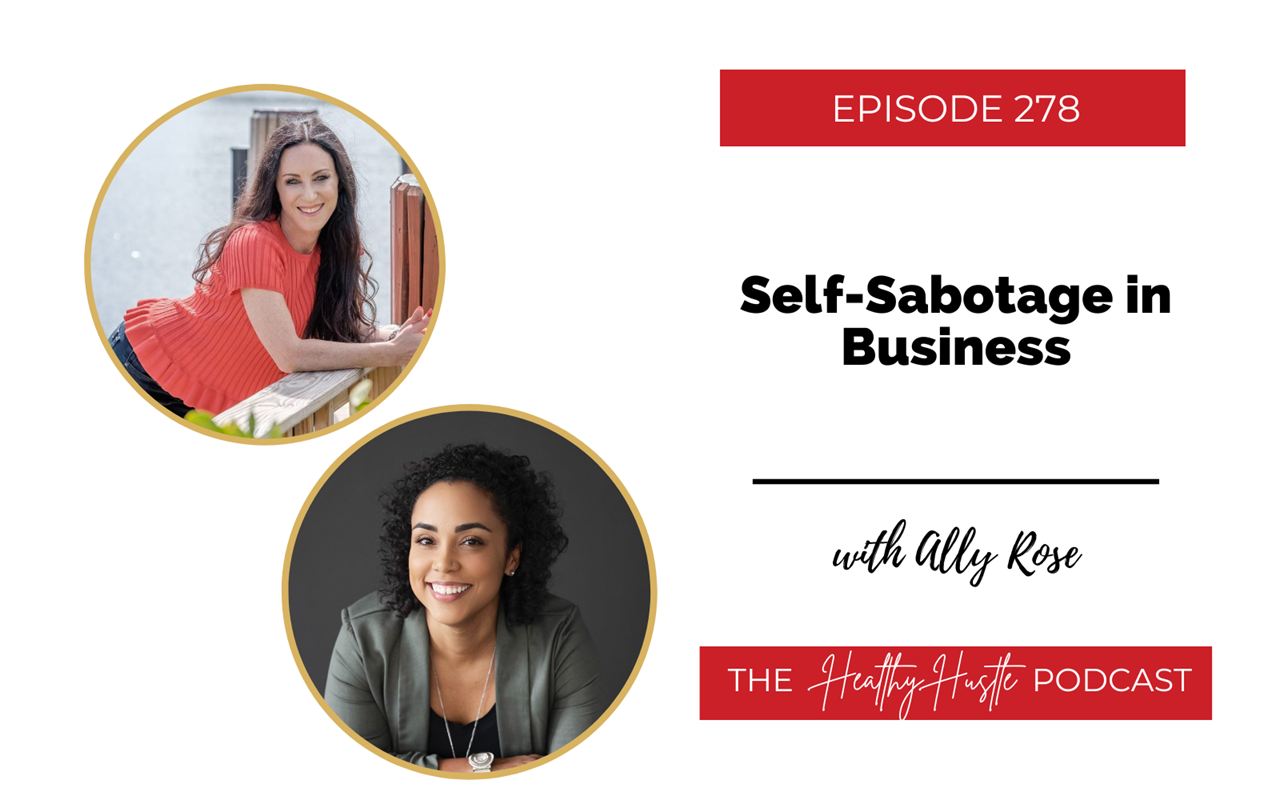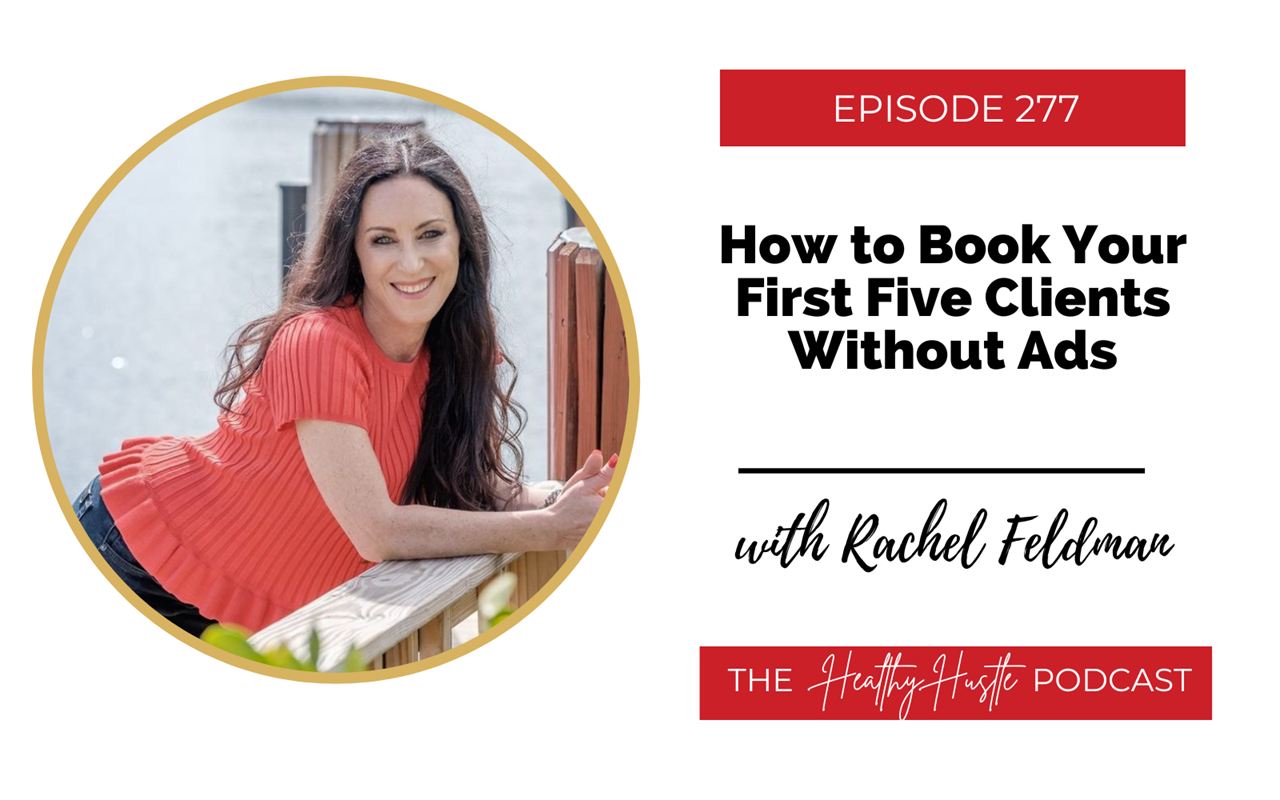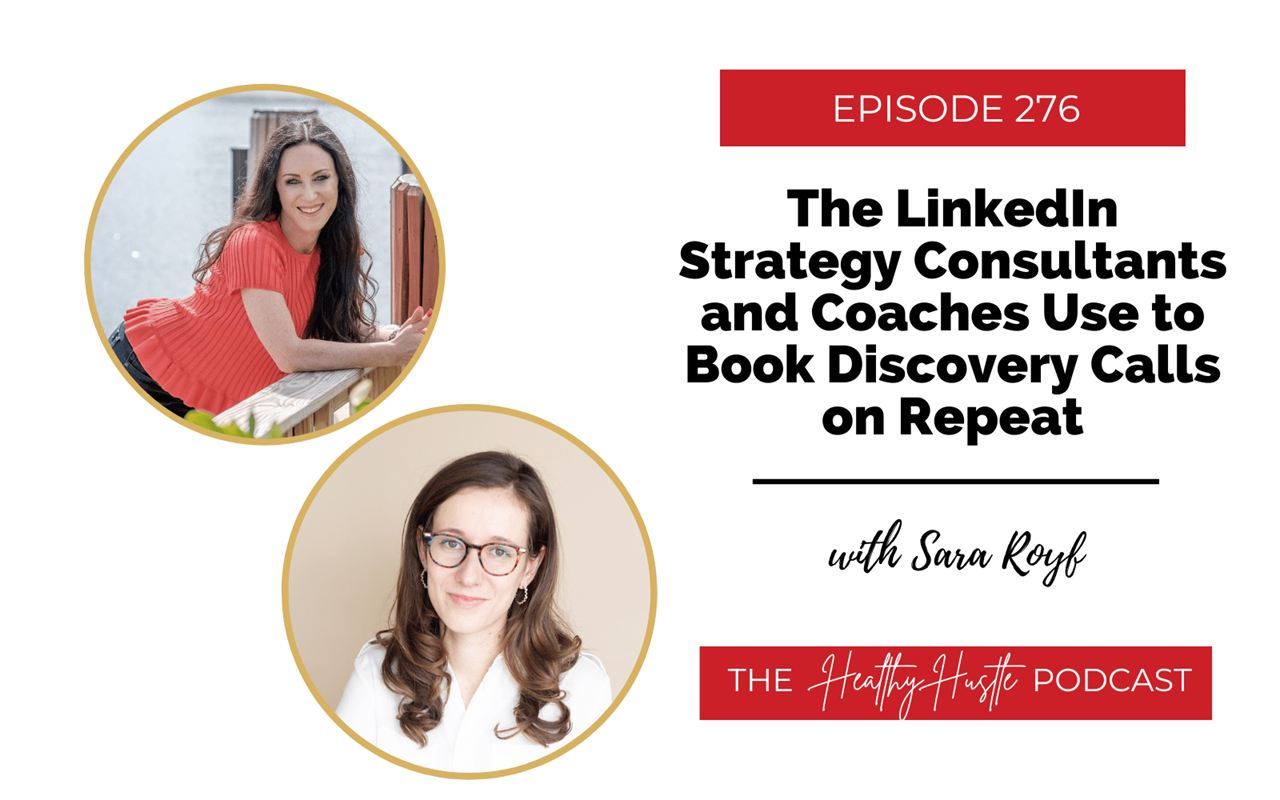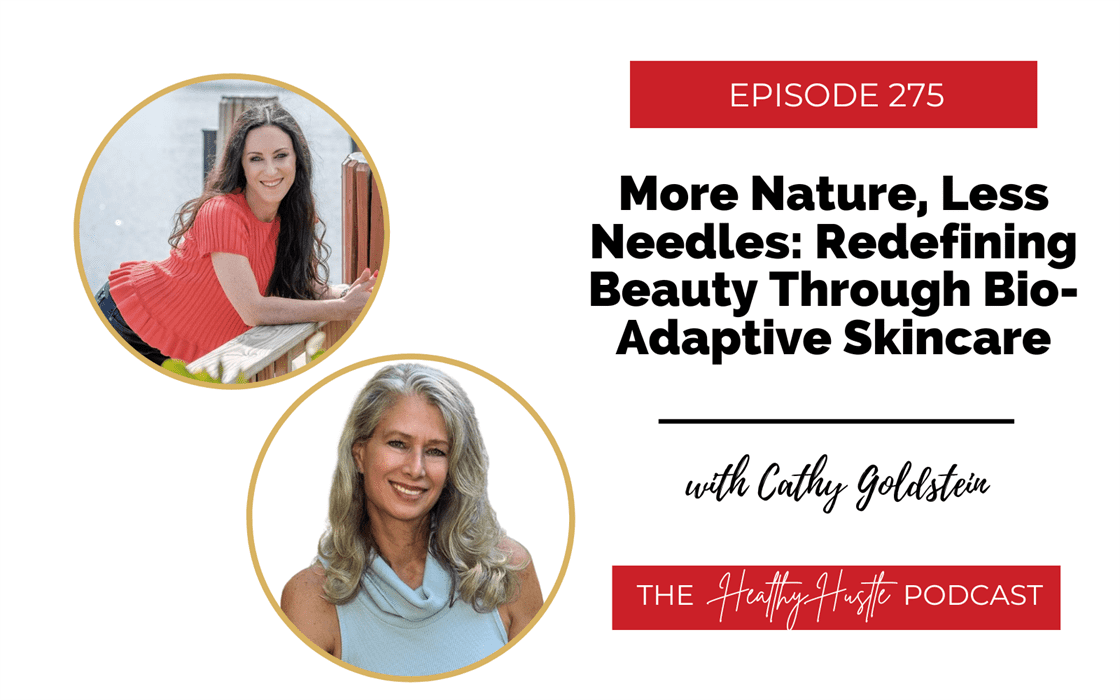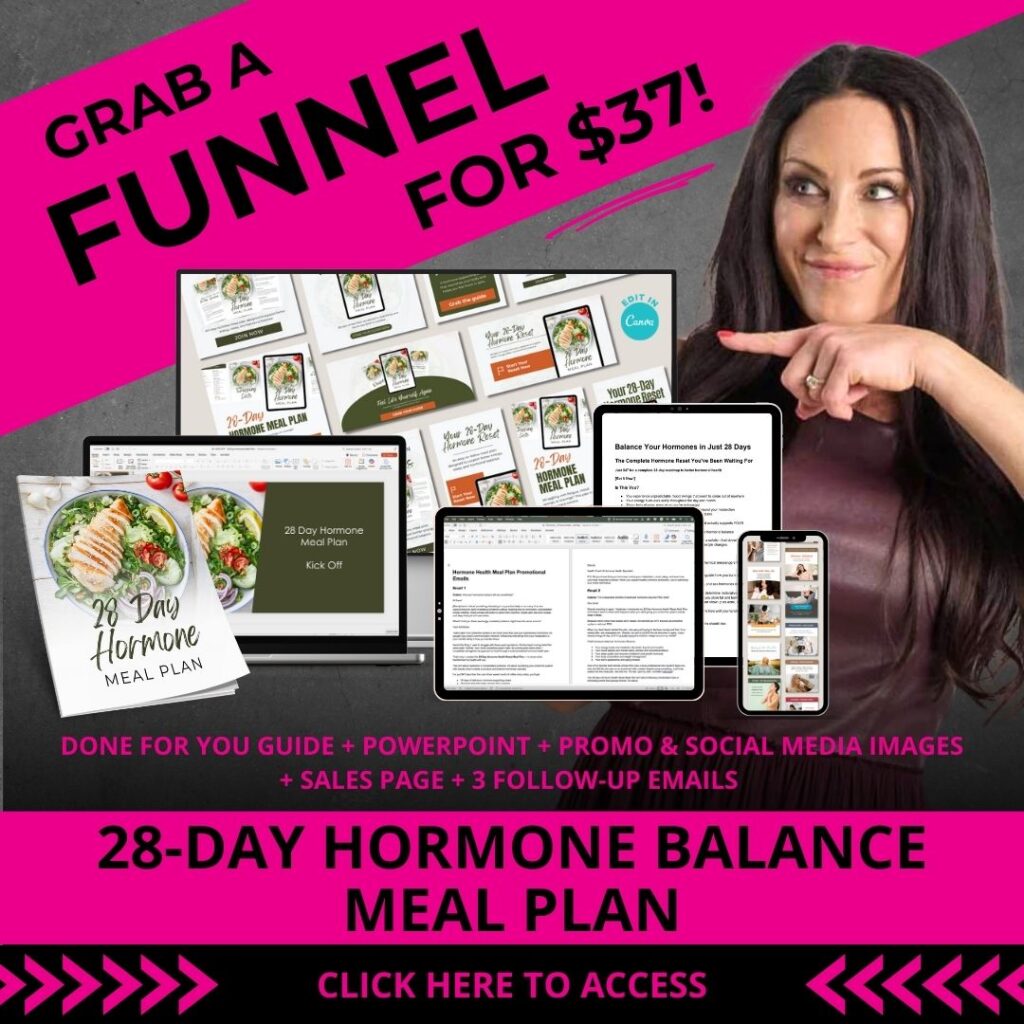An Intro to Piper:
Piper Gibson is a children’s holistic health expert. She is a certified Functional Diagnostic Nutrition practitioner who holds a doctorate in advanced holistic nutrition and is a Board Certified doctor of natural medicine. She’s also a certified nutrigenomics specialist, using cutting edge nutrigenomics for advanced nutrition protocols.
Piper hyper specializes in working with families just like hers, teaching them how to conquer their children’s endless lists of symptoms, using functional lab testing food and natural approaches.
Piper: “So I’ll just give you a little bit of backstory on how I ended up down this health and wellness rabbit hole in the first place. But nine years ago, my son was diagnosed with a neurological tic, and he was fine one day, and he woke up the next day with severe tics. We were terrified.
We went to 10 different doctors tried eight different prescriptions. We had a neurologist just tell us our son needs a good spanking. And I felt at that point that conventional approaches had failed. So I went back to school, I completely relearned everything I knew about health and wellness.
For me, one of the key things that I always wanted, that I always craved was somebody to hold my hand, whether it was my virtual hand or my in-person hand, somebody to hold my hand and walk me through a step by step process. We were overwhelmed. We were scared. We were frustrated.
Nobody was talking about natural approaches to things like tics and Tourette’s and sensory processing disorder. So I really made it my mission when I started working with families that I wanted to be that person that was their guide to hold their hand.
For me, my biggest tip has always been – share your story, share what you’ve been through. It doesn’t matter if it’s your family or if it’s you personally but what is it your personal story?
When you share that story, it starts to resonate with other people. And then it kind of spreads because more people hear your story, it gets out there.
Once I had a following on Instagram or Facebook, I invited them to join me in a smaller community. It’s a private Facebook group, but it’s where every week I will get on and let them ask me questions. They’re all struggling with the same things that we went through. And I’ve come out the other side, I’ve been through the dark tunnel, and I’ve seen the light. And now I want to create that community with those who felt like I did, they felt lost and felt they were in an emotional hurricane. And now we’ve brought it down to the fact that I’ve been there done that, how can I guide them on their journey?
Creating A Community:
Rachel: I really want to talk about community and creating community. So not just following the people that are following you on Instagram or Facebook, but how do you create a community with the people who really need you? And how do you hold their hand in that step by step process?
So I really want to dig in on how we can make a stronger community to help you grow your business. And for the coaches who are starting out – how did you create and nourish your community? Take me back to the beginning, when you were building that Facebook and Instagram. What were the steps you took to build this community out?
Piper: “When I started out three years ago, I didn’t have a following. I was just regular old Piper Gibson. But as I went through school, I started sharing what I was doing. Most of my friends and family knew our story. They knew our struggle.
But I started sharing with everybody else what we were doing. I started a Facebook page, I started an Instagram. And I just started posting and sharing what we’ve been through. So not just like, our story, but other pertinent information. What supplements do I like? What did I have for lunch? Just other things involving people in my life, so that they knew that I’m a real person.
And it was a slow-growing thing. But I got very, very clear on my niche. So at one point, I was just working with children and families. And that was my niche. But when I got extremely crystal clear that I wanted to work with families whose children struggled with tics and Tourette’s, that’s when I created that smaller group community because they can all relate.
So it’s not just children and families, but it’s that really distinct niche. And when that happened, things really started to blow up for me. So I was always very hesitant to get very clear on my niche. I was like, well, there are so many more people I can help. When I got crystal clear, it started to blow up, because people were like, Oh, my gosh, I didn’t know this existed. So for me, I feel like Yes, your story, but also be crystal clear on who it is you want to work with.
Why Storytelling Matters
Rachel: I’ve even had some coaches say, “But I am sharing my story.” And I always step back and say, you not only have to share the elements of your own story and the transparency. But you also have to take them through all the things that you do in your life.
Because it’s in the storytelling. This is where you tell them what the best supplement is. This is where you tell them what we’re doing right now. This is what we tried before it didn’t work.
You’re taking them through your trials and tribulations as well as the transformation you create in your home, especially when we’re at the infancy of our business and we don’t have clients.
Before you get really crystal clear, look at those stories you’re sharing about the things you do and what is working and how you help somebody. We also get more crystal clear in that practice because we start to see what really aligns with us and fuels us and what calls us to our purpose.
The Importance of Market Research
Piper: “That’s really true. One of the things that was a game-changer for me was that I did a lot of market research. I got into groups on Facebook and started looking at what other parents and families were saying.
I worked with my own clients and really used their words to reach out to the other people out there. So when I’m sharing a story, or I’m talking, I’m sharing a testimonial. I’m using my clients’ words clients words because that really resonates with the other people that I’m trying to bring into my community. It makes a lot of sense for them.
When I’m saying, “I just don’t think I can do this, I don’t think I can do this, my child had a mountain meltdown at Target, and I had to leave my cart in Aisle three,” – I’m using their wording—working that I’ve found from market research. I know how they’re feeling, what their pain points are, what’s going on out there. It really helps you to connect with them on a deeper level.
Step Into Your Audience’s Shoes
Rachel: Talk to people and where they were now. Go back into their own hero’s journey. Get people on the phone for your market research, or pick up books and read them.
What are some of the things that that person actually feels inside? Don’t use these fancy words that we sometimes use in the health and wellness industry. Truly step into their shoes in that massive time of paralysis, overwhelm hopelessness, and wanting to have somebody like yourself, show up and talk about those stories, but then also lead them on this path of great content, bringing them into your solo focus group.
Piper: “I had a group for a while, but it wasn’t until I got in there, set my hours, and said, “I’m going to be here every Tuesday at 730am Pacific for you, with my tea in the morning. We’re going to sit and chat, and we’re going to talk.
When I made myself available and open to their questions and their concerns. It really changed the dynamic and the connection and the community. I get in there, and they’re talking about, well, my child has this and my child has that, and they relate to each other. And then we can talk about how that really fits into that broader picture.
How to Grow Your Group With The Right People
Rachel: What were the ways that you started to bring people into this specific group? What were some of the simple strategies that you can share with either a person from FDI or another coach who is struggling with promoting their group? You mentioned making sure you’re crystal clear on who you want to serve in the group, being extremely specific and not being scared to niche down.
Piper: “When I started doing market research, I started mingling in the other groups. I’m not saying this is what I do. I’m not stealing people from other groups. But I started mingling, I started sharing our story in the other groups, I started talking to other parents.
Honestly, I probably have like 10 or 20 parents who send me private messages every week. Hey, can you give me more details on what you did? And when we start digging in those private messages, then I can invite them to my group.
I also do master classes once a month, I actually get a special guest. We’ve done supplements, we’ve talked about natural approaches to tics and Tourette. We do advertise those masterclasses, which get people in my group.
When they answer questions for my group, I send them a freebie and drop their email address if they want a freebie and then I add them to my email list, which then gets them in.
That rotation of my newsletter, my information and my launching. So not only am I building the Facebook community, but I’m also building my email list at the same time. I’m bringing them into my ecosystem.
I’m a huge advocate of personalized conversations. And I’m also a huge advocate of getting your stuff together in the beginning and not waiting for perfection. We’re only going to know what we want to say, by taking the chance to go into other groups and going for it.
So go join your Chamber of Commerce. I can’t tell you how many people came from my kid’s Montessori School. I made sure I was on the board at PTA and made sure that I was always giving back and also sharing, this is what I do.
I’ve always been in other Facebook groups. I don’t go in there selling or promoting freebies. I go in there sharing some of the struggles that we went through. And if anyone else is struggling, I would love to connect with you. I’m not thinking of a sale. I’m thinking of being of service to that person who had walked that path as I did.
If people did ask questions, I would document it. Things like: What’s your favorite probiotic diaper rash? My kids are having this. So I love that it’s a very simple approach. It’s something that each one of us should be really doing at every stage of our business.
How to Share Your Offers or Services In Groups
Piper: “I actually do the masterclasses inside the group and, and invite people to join that masterclass. I put it on Instagram or Facebook. I put it out there. I send it out to my email list. Getting people to the group to watch the masterclass will grow my group and my email list.
But one of the really important things is being consistent and being interactive. You don’t have to post something every single day. But if you’re posting three or four times a week, and you are being interactive, and you are responding to questions and comments and opening it up for the greater group to get in and get involved and ask questions.
A lot of people want to sit back and watch. They are lurkers. So how can you bring those lurkers in and really engage them and get them connected to the conversation? Sometimes somebody will lurk for several months before they decide that they either want to ask a question or get involved with you as a coach or practitioner.
How To Create More Engagement In Groups
Rachel: Sharing information isn’t enough in groups. Really engaging and giving structure helps. Like the first week of every month, we’re going to kick off with this workshop. And then we’re going to do a live Q&A on these other days.
It made it a place that people knew they could come in and feel safe about asking their questions. And it turned into an environment where people can ask about a more embarrassing thing or something I’m not as comfortable talking about.
What have you found to create the most engagement on a consistent schedule?
Piper: “So one of the things that I noticed is that a lot of people are not open to open ended questions. They are not going to engage with them. So if I can put a poll or you know, ABCD which one is you or E all of the above, I get so much more engagement.
People are afraid and embarrassed to ask questions. I think they have a fear of being judged. And I’ve always said to the people in my group if you don’t want to share it publicly, send me a PM. We can talk via PM, we can get on the phone.
Giving them that open-ended space where they can reach out to me and other avenues if they are afraid to ask in general. But definitely not asking open ended questions, giving them choices, because it’s so much easier to get in and say, I’m an A, I’m a B, then for them to get in there and really spill the beans.
Rachel: Being tapped into where your ideal client is, understanding their pain points. And even though you’re crystal clear on tics and Tourette’s, you want to really be able to get even clearer on how that is affecting them. What specific areas do they really need to drill down on, so that you have your market research? Hence, that month, you’re able to say, you know, these are some common questions that I’m seeing, or these are some of the, you know, common problems, and turn that actually into a post.
You also make it very simple for them to feel safe and comfortable by opening up your PMs.
Can you dive into a little more about how you need this dissemble for yourself?
Transitioning From the DMs to Sales Calls
Piper: “I think especially now in the virtual world, people are a little more hesitant. Um, a lot of what we do as health coaches and practitioners is outside of the boxes. There’s not a ton of research on natural approaches on all of these things because nobody’s going to fund them, because it’s not making any big company any money.
So I think that it’s really, really important to make them understand that you’re a real person, you have been there, you have been in their shoes. But when I get a pm or dm from somebody, you know, I ask them more questions. I tell them that I’d love to get a bigger picture of what’s going on with your child’s health. So then they start to drop a few things.
I’ll ask: “Why is it important to fix this for your child right now?” And then they talk some more. And then I relate to that. Either it was a similar issue with my son, or I’ve worked with this client or that client so that you have that social proof that you’ve been through it, or a client has been through it. And then eventually, when it gets to the end, I say, “Hey, I’d love to get on a call with you, and talk about how we might work together whether this is a fit for you or not.”
Some of those people are going to accept that and some of those people are going to keep watching. But what I found is that even now, people that connected with me six months ago will come back and say I’m now I’m ready. I’ve had to really let that go in the past because I used to feel like they were saying no to me. But it’s not no forever. It’s no for right now.
Why Consistency Is Key
Rachel: We are so often thinking, “Am I doing something wrong? They didn’t sign up. I’ve been nourishing them with information. But they still didn’t sign up. They said NO.
We have to remember this: this has nothing to do with us per se unless we are not showing up consistently. But for most people, they need a little more time to see if you’re the right person. They may not be that type to jump right on a call or sign up right away.They are digesting and consuming that information.
As long as you find out what your ideal client is struggling with, identify with them, use this as market research, mirror back some of the issues and share stories in those personal conversations consistently, you are doing your part to serve your audience. And they’ll come to you when they’re ready.
Serving Your Audience with Soul
How did you develop this approach for yourself that felt really soul-based and service-based?
Piper: “Well, as far as the PMS and the DMS, the first part of it is a little bit scripted. Because I’m going to start out with that, “Tell me more about what’s going on with your child so that I can get the bigger picture.”
When that happens, they start to share their story. And when they start to share their story, you can connect that with things that you have done, but you’re also getting to those pain points. You’re also getting from them what they want to achieve and where they want to go. And then you can mirror that back to them or repeat that back to them. “Well, it seems like you really would like to get to the bottom of this for your child so that they can have their light back on, they can feel like themselves, they can feel amazing.”
What I’ve noticed when I was talking to clients and got them to share their story is that they basically talked themselves into the solution. I just kept asking those open-ended questions like “Tell me more about that.” And they would talk themselves into the solution.
At the end, they had their own aha moment and I didn’t have to convince them of anything. It was really that they needed to be on this personal journey of having to hear it out loud for themselves.
Many coaches get stuck because they get so worried that they’re not going to get this person on their list instead of stepping back and saying, “What are their biggest problems,” and really massaging those for that person. Because that’s what this person needs.
The Importance of Creating Connections
Piper: “When you create that connection with somebody, they are more likely to follow you. So yeah, someone might get on your list because you’ve got a cool freebie, but you’ll create a connection that really attracts them to you with what you are doing. And that is why I think creating connections is really, really important.
I have been doing a lot of PR public relations lately. And I just found that connection, whether it’s with the clients, I’m working with, or with a community that’s even bigger than me, I am putting myself out there. This has completely changed my business and impacted everything I’m doing and how I’m working with clients. I’ve learned so much.
Rachel: I always say, think of your connection as your conversion. I’ll hit or hit the record button or I’ll shoot a video and just say, “Hey, I really wanted to come and just tell you, in my own words like this is what I struggled with, and really step into their life and understand their biggest problems. From there, it’s very easy to create that type of environment that is conducive to conversions.
Establishing a Referral Funnel
Piper: “Well, the other big thing is when you create connections, and you have a client that is successful, they are an amazing, amazing referral source. So I have this connection. She actually has not become a client yet but she follows me in my group. We’ve connected on email, I’ve sent her loom videos, we’ve talked on the phone, and based on that, she promotes me and refers so many people to me.
It’s become this, you scratch my back, I’ll scratch your back kind of situation where I’m so willing to help her answer her questions, and she’s willing to go out and just send people my way and promote me. So I think when you get that referral-based business going, you’ve got those successful clients, it makes an amazing difference for what you have going on.
Finding Out What Your Audience Wants
Rachel: Something I just want to reiterate is that when you start to see that this niche is really your sweet spot, and that the people that you’re working with is so on point – you start to create this structure and this blueprint for that group so that people know what to expect.
I think that often we quit before that miracle happens, we quit before we have found that fine-tuned place. We don’t understand how important it is to actually create that cohesiveness for ourselves. But more importantly, we are following our community, our newsletter list, and it lessens the overwhelm of what am I going to do this week? What am I going to talk about and really being able to focus on if I’m bringing value? If I’m asking these questions that I know people desperately want, and I’m really keeping a tab on what people are sharing with me, then figuring out what content you also need to be sharing about makes it much easier.
Piper: ”Yeah, I think so too. I mean, just this week we talked about test, don’t guess in my group and just listening to them and what they want and how I can create access to the testing for them, so that we can create a program around that.
It’s really listening to what they want. You might go in with like, this is what I’m gonna do, this is my clear picture, and then you’re gonna find out, that’s not what they want. That’s not how it’s gonna work. And you have to have that ability to readjust your plan. And stick to it. I think you just have to keep going, Just keep swimming, just keep going.
That’s why I’m such a huge advocate of workshops. I feel we can do a lot of testing with freebies. I’m all about Google Analytics, even if you’re a brand new coach, have that installed on your website, start seeing where people are coming from to digest from you. But I think also in the beginning when we’re just overwhelmed. Those workshops give us an opportunity to test what people are interested in.
Getting Feedback
Never forget to make sure that you’re constantly doing that market research. Make sure if you have past clients or friends that struggled, that you’re getting them on an hour call, say can I record this because your feedback that you give me will truly change somebody else’s life.
I had tons of friends who would open themselves to interviews – people in different groups can take that in information and show up consistently and even share those kinds of workshops on YouTube. That is my number one of where people are intentionally searching for something, and they find those videos. And you know, those are just simply masterclasses that can say, hey, you want to join this group and bring them right into the group?
Rachel: I will just say for every new coach, we’re all scared. I think that’s one of the things that we have to defuse. We’re scared of navigating a new path in new business, just like our ideal clients.
When I got comfortable, even though I felt like I was shaking when I would ask people, you know, can you help me out and really try to get a deeper understanding of what people are searching for people like yourself? I stepped into that service-based mindset. I stopped looking at the fear of what this person is going to think.
Just say, “I really appreciate you taking this time,” or give them an extra 30 minutes session. It’s going to happen naturally. Because it’s such a great energetic exchange, and that person values you, and you value that person. Create those long lasting connections with people.
Parting Advice
Piper: “One, it is not, you’re not just going to come out of the gate swinging and everything is going to be perfect. It is going to take work, it is going to take focus. You have to know that your plan will change along the way, your game plan is going to change.
When I got started, I thought, “Oh, my gosh, I am going to do an immune-boosting workshop!” And you know what? It was a bomb. It was not for my ideal clients.So really listen to what your ideal clients want, really get clear on who your ideal client is.
And then don’t make it so much about, “Oh, my gosh, I have to get this person on my list or sell them.” But how can you make that connection because I promise when you make this connection, that whether it’s tomorrow, or six months from now or a year from now, they are going to come back to you. They are not going to forget you And they’re going to say I’m ready. I need you right now.
Focus on that community, focus on that connection, and share your story with that one person every day.
Fun Q&A With Piper:
What did you wish you would have known when you first started coaching?
That connection is super important. I know, that’s what we’ve talked about this whole time. But I really thought about how I can get my clients? How can I get people on my list? But when I can connect with people that can help me get to those other people, it’s made a huge difference. So that connection matters. And yes, you’re gonna have to stop, pivot and change your plan in the middle, it’s not gonna work out exactly how you plan. It just doesn’t happen that way.
What would be your biggest tip for coaches?
Get out there and do it. Stop dragging your feet; stop waiting for that perfect moment. My motto was Go big or go home. Just do it. And sometimes you’re going to bomb, and it’s going to be your COVID immune-boosting workshop, and it’s going to suck. But sometimes it’s going to be stellar, it’s going to be amazing. So just do it. Stop waiting for that perfect moment and just go for it.
Rachel: Those failures that actually teach us so much about our ideal clients. So guys, if you fail, fail forward; that’s my favorite line.
What are your favorite hacks for health?
I love microbiome products. So megaspore, probiotic, mega mucosa, mega idg, they just came out with a whole bunch of immune-boosting mega-viral things. So I love their products. They are one of the only probiotics on the market that is backed by research studies. And I love their products. And I love that I can email my contacts and say, we have a client with this – what do you recommend? What would be the best kind of option? So I love their products. Definitely like keeping your gut healthy, focusing on good nutrition, getting outside every single day. During COVID, that has been huge for my kids, because I’m like you live in a cave, go outside. Go outside.
What’s the one thing your program did for your clients that they didn’t expect?
I have a client with who I’ve been working with his whole family for like two years. He had been in the mental institution three times. It was the third time he was in the institution. His mother actually called me and said, “I don’t feel like anything we’re doing is working. I’m scared to do this. Because what if it doesn’t work?”
Nothing she tried worked. I said, let’s try and see what happens. The email that I’ve gotten from her is that he was able to get off all the medications he was on, he was able to get a driver’s license and graduate from high school and glide across the country to see his brother in a different state. His mom is just like, those are all things I never imagined that he would ever be able to do. And so for me like that’s just the biggest, most amazing success.
If you had $5k to spend on health products, or a bio hacking or sleep or any of these in what would be on your Christmas list?
A sauna space. I want a sauna space. I keep saying I’m going to get one. We have a sauna in my office, I am just not motivated to get in my car and go to the office. I want to be able to get in the sauna. That is on my ultimate health and wellness wish list.
It’s time to take messy action. If you’re waiting for the perfect time, again, there is no perfect time. It’s about getting out there and getting visible in front of more people, expanding your reach, expanding your visibility, and never looking back because you did the right thing.


